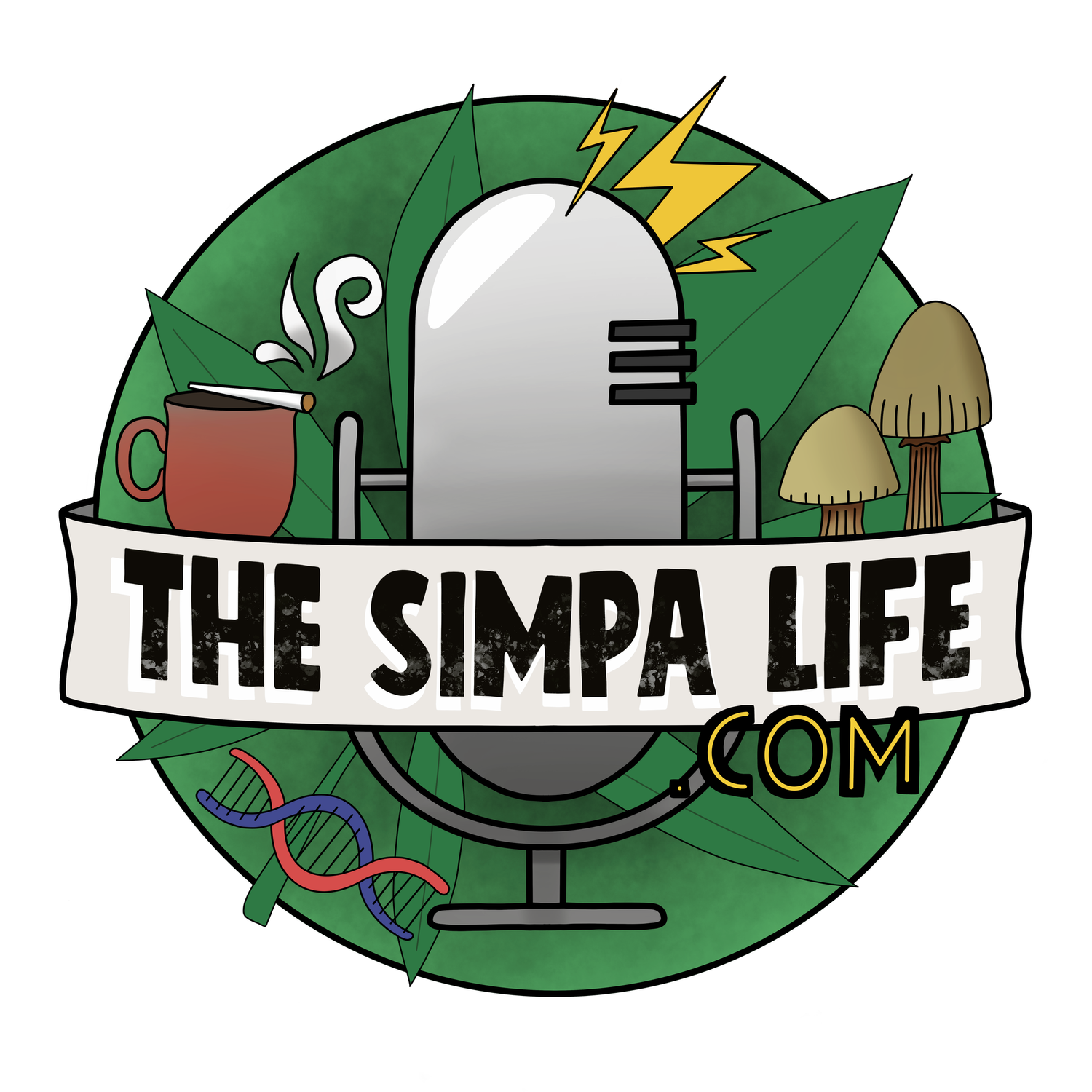Debunking The Cannabis Gateway Theory
One of the most persistent myths that surround cannabis is the gateway theory. In this piece, we’ll be exploring where it comes from and the consequences it can have on the consumer and society. We’ll also be taking a look at the growing evidence that disproves this frankly fraudulent fallacy.
As many of you will be aware there have recently been some divisive documentaries and programs produced around the subject of cannabis which seem to be rehashing archaic, destructive myths and downright lies such as “Skunk Psychosis” “Cannabis Addiction” “Hash having less THC in it than flower” and, of course,“The gateway theory”.Thus continues the British media’s campaign of demonising both cannabis and its consumers.
Although the term wasn’t first popularised until the 1980s, the ideas and concept that the Gateway Theory encapsulates have been discussed in academia for decades, as far back as the 1930s. Occasionally referred to as “stepping stone theory” or “escalation theory”, it is the idea that the consumption of one drug will increase the user’s likelihood of consuming another.
This idea has been championed by varying individuals over the years but none so much as by anti-drug activist Robert DuPont who, for decades, helped to “guide” American drug policy. This was the man appointed to positions of influence by the father of the modern war on drugs – the racist, warmongering former US president Richard Nixon, who created the war on drugs as a way to control the black population, hippies, and anti-war campaigners that were gaining social traction.
John Ehrlichman who was Nixon’s adviser on domestic policy famously said in a 1994 interview that:
“We knew we couldn’t make it illegal to be either against the war or black, but by getting the public to associate the hippies with marijuana and blacks with heroin, and then criminalising both heavily, we could disrupt those communities. “We could arrest their leaders, raid their homes… and vilify them night after night on the evening news. Did we know we were lying about the drugs? Of course, we did.”
Debunking the Gateway Theory
In order to understand why cannabis ISN’T a gateway drug, it is first important to understand the difference between “the gateway theory” and the concept of “exposure opportunity” that is created by our current system of prohibition and the draconian legal status of cannabis here in the UK. Under the current paradigm, the average consumer has to acquire their cannabis from a local dealer who may potentially be involved in serious criminal activities, and happy to also sell their customers far more harmful and potentially lethal illegal drugs.
It is this interaction that creates the exposure opportunity for dealers to become salesmen, pitching their latest product to the naive misguided youth who, disillusioned by cannabis lies, may now seek to further explore the depths of deception of prohibition by ingesting and exploring other illegal substances.
This cannot and should not be blamed on cannabis. The blame in this instance is squarely on our prohibitionist policies and decades of reefer madness propaganda which has been pumped out by successive governments, media outlets, tabloids, and other mouthpieces of those ideologically opposed to ending the war on drugs.
The status quo is maintained in part because the fear of risk to investments in industries that could potentially be decimated by the coming global legalisation of cannabis and the ubiquitous implementation of industrial and medicinal applications of cannabis derived technologies and medicines. This stems back to the paper industry in the days of Harry J. Anslinger, when they smeared “marijuana” to protect business interests.
But getting back to the point, the truth is the opposite to this false notion of cannabis fitting in with the gateway theory: There is little evidence to support it. At the very best there is a correlation in data, but this in no way can imply a casual link or be claimed in any way to be evidence that cannabis is a gateway drug.
Evidence is actually emerging that suggests that cannabis can be (and is being in several US States) utilised as an exit drug, contradicting the gateway theory entirely. It can help addicts to recover from such afflictions as heroin addiction, alcoholism, and tobacco addiction, as well as other destructive drug addictions and detrimental behaviors and habits.
In states where Cannabis has been legalised Opioid abuse and death rates have declined year on year since legalisation. All prescription drug use is down in states with legal access to cannabis. People are taking less prescription medication, including anti-anxiety drugs, antidepressants, anti-seizure medication, and even painkillers – this is clear evidence of cannabis’ efficacy at treating hundreds if not thousands of conditions.
The four main contenders for the real gateway drug, if indeed any such thing does exist, are Sugar, Alcohol, Prescription pills, and Tobacco – all of which could be described as having an escalation usage model. This means the more they’re consumed, the more users are likely to consume them in the future, often in higher quantities.
Prescription drugs may actually be a growing pathway to heroin addiction. They are certainly attributed to being the cause of the current opioid epidemic in the west. Drugs available on prescription include Oxycotin, Fentanyl, benzodiazepine, xanex, and Tramadol, all of which are vastly more deadly to people than illegal drugs, but have until recent years been prescribed like they’re going out of fashion. This has created thousands of addicts who otherwise wouldn’t have had any contact with these potent potentially lethal drugs.
Dr Gabor Mate
When mentioning heroin addiction, it is worth mentioning Hungarian-born Canadian physician Dr Gabor Maté and the link he discovered through decades of his work in neurology, psychiatry, and psychology, as well as the study and treatment of addiction. He observed that there is an “equal correlation between sexual abuse as a child and dependent intravenous drug use as an adult as there is between obesity to diabetes”
If you’ve suffered childhood trauma, you’re 4600% more likely to become an injecting drug user than if you haven’t. Meaning that this kind of abuse could be and rightly should be termed a gateway.
Legal drugs and The Gateway Theory
Tobacco has actually been observed to exhibit traits of the gateway theory. In a recent American study, scientists found that over 90% of adult cocaine users between the ages of 18 and 34 had smoked cigarettes before they began using cocaine. Researchers suspect that nicotine exposure might increase vulnerability to cocaine. Contrast this with cannabis which can be used to help tobacco users to quit their carcinogenic habit and live healthier lives Nicotine free.
If anything, alcohol could potentially fit into the debunked gateway theory, as exposure to alcohol lowers the user’s inhibition, which makes them more susceptible to taking other drugs. As pubs have traditionally been a marketplace of illegal drugs up and down the country, this, coupled with the current cultural acceptance of using cocaine to extend binge drinking sessions makes the alcohol user rather vulnerable and increases their likelihood of poly-drug consumption and addiction issues.
It could and should be argued that poor economic circumstances are one of the main gateways to harder drug use. It is the criminalisation and prohibition of so called soft drugs that has created a gateway to harder drug use.
Legalising cannabis could negate this and a lot of the avoidable deaths and detrimental societal harms and effects caused by tobacco, alcohol, and other harmful human behaviours by allowing the public access to a much healthier and safer option of a recreational drug.
In conclusion, its propaganda, and prohibition that has caused a great deal of the issues and harms associated with the consumption of cannabis and the perceived social consequences. Simply put, if cannabis truly is a gateway drug, why aren’t there equal usage statistics for all other harder drugs? This myth much like prohibition needs to be buried with the other relics of our haunting history in the shallow grave of the twentieth century.
Written for Ismoke Media by Simpa



